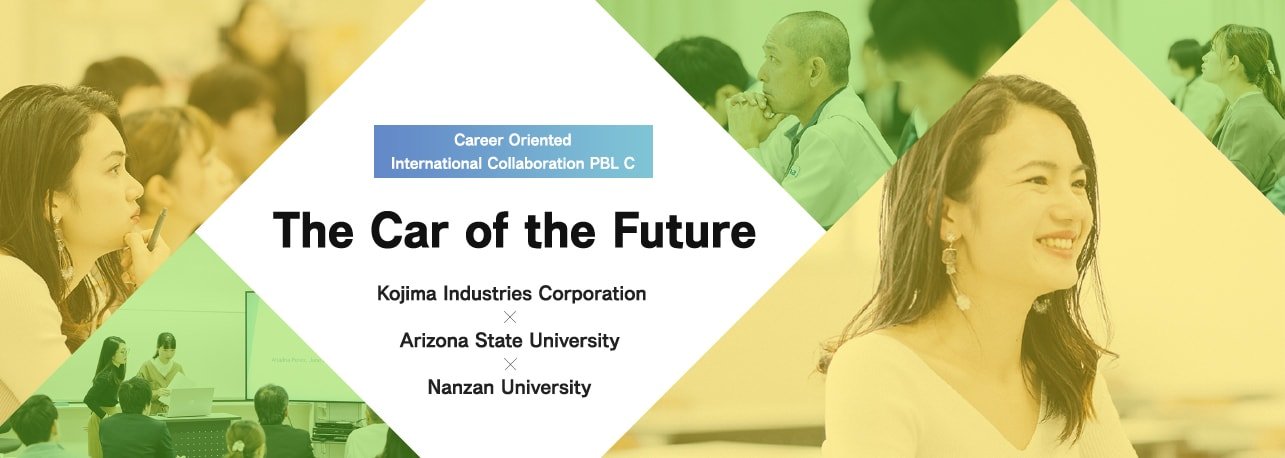
What is PBL COIL?
PBL COIL is a type of COIL class that uses online tools such as social media and video chat to carry out collaborative projects and exchange of opinions inside and outside class with students of overseas affiliated schools. NU-COIL, a tailor-made education program unique to Nanzan University, is based on COIL classes and was chosen as an Inter-University Exchange Project by the Ministry of Education, Culture, Sports, Science and Technology in 2018.
PBL COIL, a part of NU-COIL, is a practical class in which students at Nanzan University and students from overseas affiliated schools collaborate to address issues faced by companies, organizations, and government offices.

During Career Oriented International Collaboration PBL C in the third quarter of 2019, we worked on a project with Arizona State University in the United States. The project topic was "Proposing the form of the car of the future"; it was presented to us by Kojima Industries Corporation, a manufacturer of interior and exterior automobile components. Students were expected to think with originality about the ideal form of a new kind of car, its concept, and the items inside the car in the face of the world's changing needs with regard to cars. The final task of this class was to hold a presentation for Kojima Industries Corporation regarding the results of the project. Japanese and American students held discussions on the task through online virtual exchanges.

Valuable experience of working on a task
with American students
Mayu Yamamoto
Yumemi Hashimoto
Kenji Banno
What was your motivation for enrolling in Career Oriented International Collaboration PBL C?
I spent a year studying abroad at Arizona State University, the university that we collaborated with this time; I wanted to become a bridge between Nanzan University and Arizona State University.
Of course, collaborating with a company was also a big motivation for enrolling.
*English is used in Career Oriented International Collaboration PBL A and B.

Tell us about the details of the collaborative project and the specifics of its progress.
First, we received a lecture from Kojima Industries about the best processes and approaches to use on the task and started by sharing the details of this lecture with the students from Arizona State University.
Collaboration between two classes developed at two universities
![Arizona State University [Business Japanese]―Collaborating With―Nanzan University [Career Oriented International Collaboration PBL C]](img/pic_03.png)
Overall process of Career Oriented International Collaboration PBL C
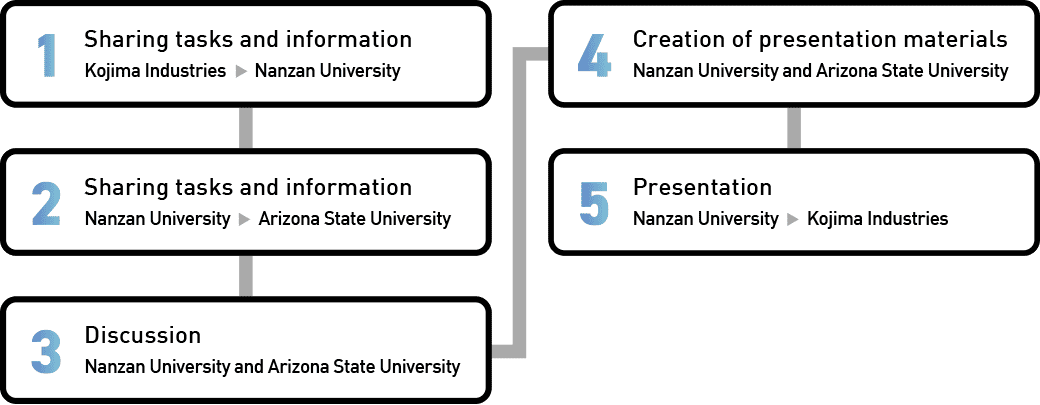
Did the communication with Arizona State University students go smoothly?

What did you learn through collaborating with American students, who have a different culture and language?
*A system where things other than IT equipment such as automobiles and electrical appliances are connected to each other through the Internet (Internet of Things; quoted from "Kojien" 7th Edition, Iwanami Shoten).

How did the presentation to Kojima Industries go?

How did you feel about the project results and sense of accomplishment?


Looking for "Youthful Ideas and Perspectives from the Students"
Kojima Industries Corporation
Deputy General Manager of General Affairs and Personnel Div.
Koichi Ito
Manager of Product Planning Dept., Engineering Management Div.
Shinobu Nakamura
Human Resource Development Dept., General Affairs and Personnel Div.
Hiroshi Ichikawa
Product Planning Dept., Engineering Management Div.
Hideo Nakanishi
Tell us about the circumstances that led up to the collaboration with Nanzan University.
Kojima Industries and Nanzan University have a long record of exchange in the area of human resource cultivation. Our collaboration this time was realized through accumulated discussion - with the Center for International Affairs and Professor Chie Fujikake as well as by our company's human resource development and technological development staff - on the possibility of industry-university collaboration that could bring about win-win results for both students and the company.

What were your thoughts when approaching this collaboration project?
However, the employees of our company have technological knowledge through their work and are highly interested in automobiles in the first place; therefore, we faced the issue that it was rather difficult for them to freely create ideas without being trapped by preconceived ideas. There are also insufficient opportunities to come to contact with the values of other countries, and we tend to be trapped in the narrow common sense of Japan alone.
We approached this project hoping for youthful ideas without the constraints of prior knowledge, as well as global opinions, breaking down the walls of culture and communication.

What were the students' attitudes like toward the project?
The students were able to understand the process and expectations in a highly motivated way.
They chose to enroll in this class of their own will, which may have led to learn actively rather than passively.
We have received hints on enhancing employees' motivation, which is one of the topics we face in our company's employee education.

What is your opinion of the presentations given by the students?
In the last class, the proposals that we received from all five groups truly gave us a sense of the fresh viewpoints that we had been looking for.
All the groups showed extremely high communication and presentation skills in the presentations.
We plan to provide these results to relevant personnel within the company and to bring these results to Kojima Industries' original Future Chronology* now in production.
*A mid- to long-term plan in which the future image of an organization is written in the form of a chronological table based on market and technology forecasts.

Do you have any messages for the students who collaborated on the project?
We hope that they turn the abilities they attained in this class into strengths and make good use of them in the future.


Breaking down the walls of language and culture and guiding the project to success
Specially Appointed Lecturer (NU-COIL), the Center for International Affairs
Chie Fujikake
Tell us the aims of the Career Oriented International Collaboration PBL C class.
Arizona State University students, enrolled in high-level Business Japanese classes, wanted to learn the language by interacting with Japanese peers in real time.
For the students of Nanzan University, the aim was to learn about the planning and proposal process at the corporate level through the guidance of Kojima Industries and to produce results alongside students from another country.
Furthermore, they aimed to nurture their ability to resolve issues while improving their communication ability, which is necessary for collaborating with people speaking different native languages.
I think the role of the class instructor is to guide the process so that the company and the Japanese and American university students can fulfill their aims.
Aims of the Three Parties
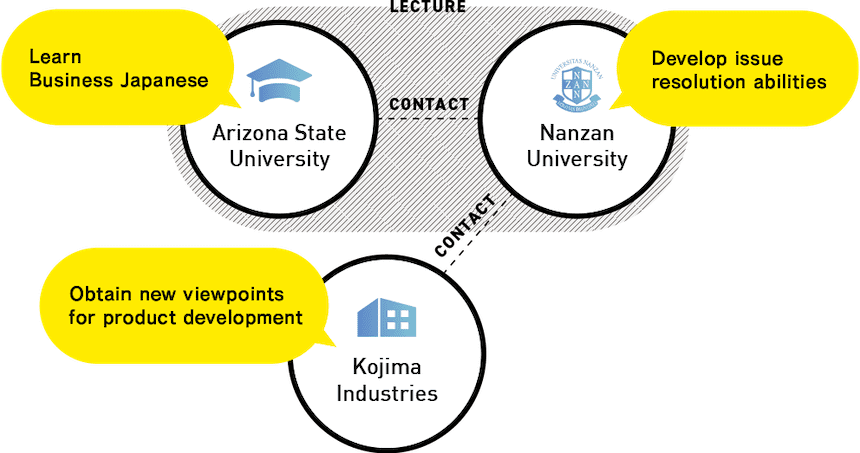
What is necessary to guide a collaborative project to success?
I spent time ensuring that the students did not deviate from the task or the project aims, and working on the project with the students to get closer to what Kojima Industries was looking for.
This project also had to serve as an opportunity for the Arizona State University students to learn Japanese and to increase their motivation for Japanese study.
I was always attentive to communication or technical troubles that occurred between the students.
While the classes were running, I stayed in close contact with the teacher from Arizona State University to solve any problems.

What were the points of guidance in the class?
I think, for students to make good use of their thoughts and curiosity, the instructor must not approach things in a binary manner by stating that students' comments and ideas are either "correct" or "incorrect."
We know that in some cases, business ideas that distinguish companies from their competitors are derived from hints considered to be "wrong".
That is why I gave advice so that students could come to realize something by themselves.
In the exchanges with Arizona State University, there were difficulties in communicating ideas that students had never sensed in Japan's high-context culture.
I provided support to allow students to think for themselves and to adjust their behavior. I also gave hints on the reasons for misunderstandings that occur in exchanges between different cultures and on what is necessary to solve them.
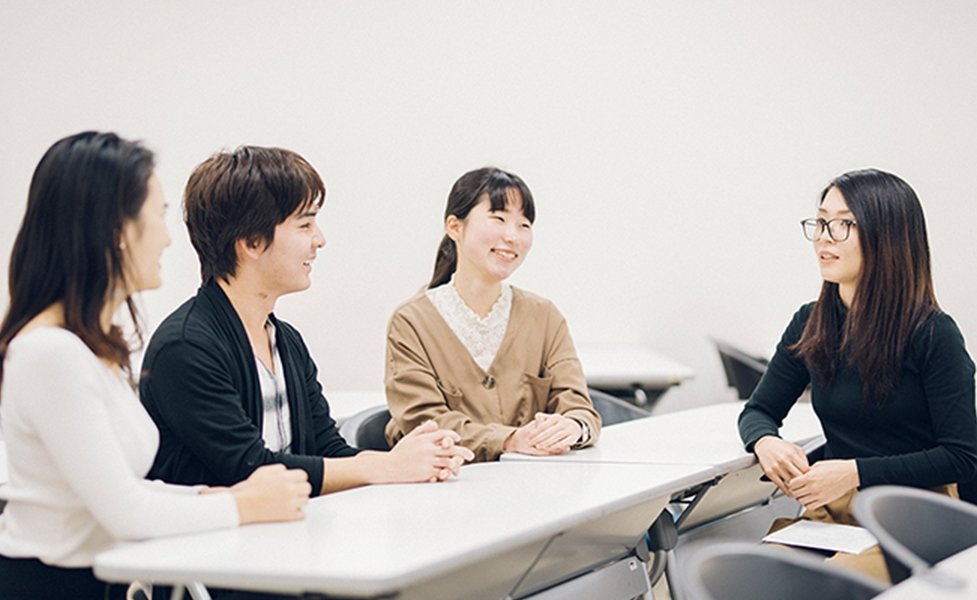
What are the merits of PBL COIL that have become clear from this course?
Each and every student was able to approach the class with a sense of responsibility, without becoming passive.
I noticed their high motivation; for instance, they remained in the lecture hall even after class to continue their discussions.
Moreover, it seems that it also provided an opportunity to come into contact with the company's viewpoint and their in-house training processes. I feel the students were able to get a sense of life in society and work that awaits them in the near future.
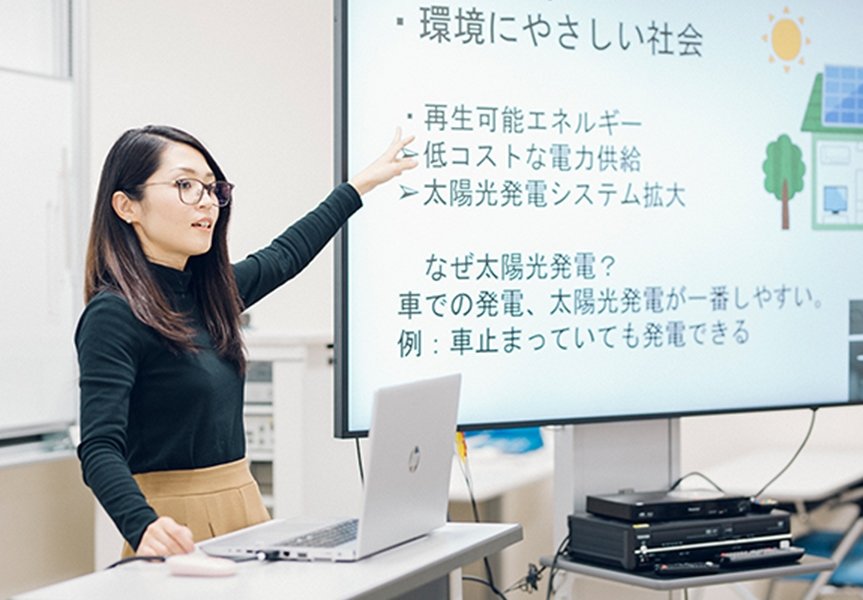
Tell us about your reflections on the project and your ambitions for the future.
I was greatly impressed with students' ability and the richness of knowledge and education they had accumulated from their respective departments.
In the first session, I told them, "I want you to make the most of the knowledge and abilities that you have and to collaborate with the whole class to succeed together" but the students went beyond that and surpassed my expectations. I learned a lot from the students as well and am proud of them.
They worked hard to accomplish the mission of giving presentations and communicating with people who have a different language and culture.
PBL COIL has only just begun at Nanzan University. I will continue to communicate with students while always thinking about the ideal form of classes, without just focusing on immediate results.
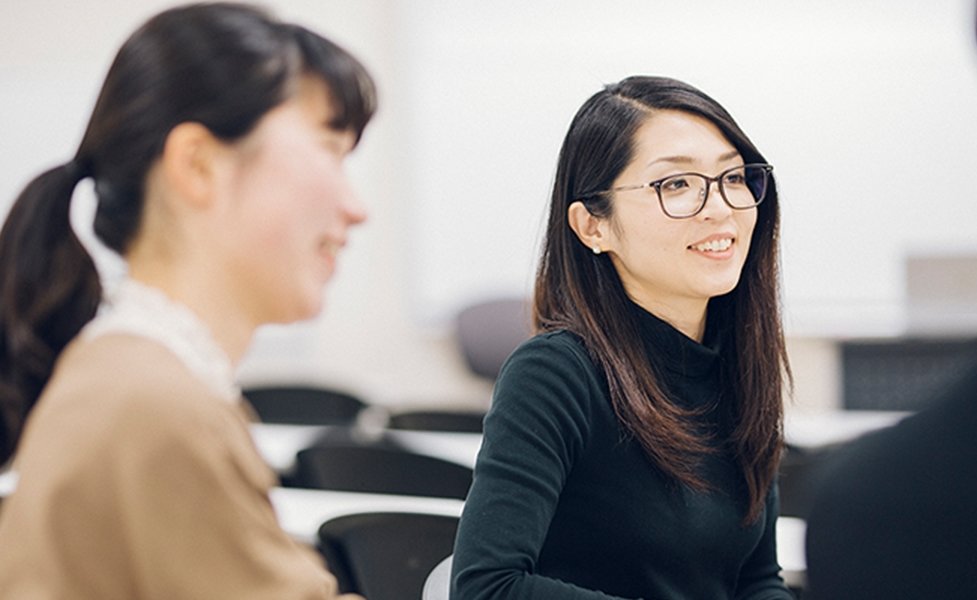
Future Prospects of PBL COIL
Use of LMS
By having affiliated schools and Nanzan University's students and faculty exchange information in real time on the learning management system platform, it is possible to advance real-time communication that is unique to COIL classes even further.
We plan to expand the use of this LMS in the future.
Creating Relations between Basic COIL and Academic COIL
We aim to establish a step-up type of learning model in which the different categories of COIL classes--Basic COIL and Academic COIL--are prerequisites for PBL COIL.
NU-COIL Industry-University-Government Collaboration
Companies and organizations that are interested in collaborations with this university through NU-COIL (e.g., PBL COIL and internships) are
welcome to contact us using the e-mail address provided below.
